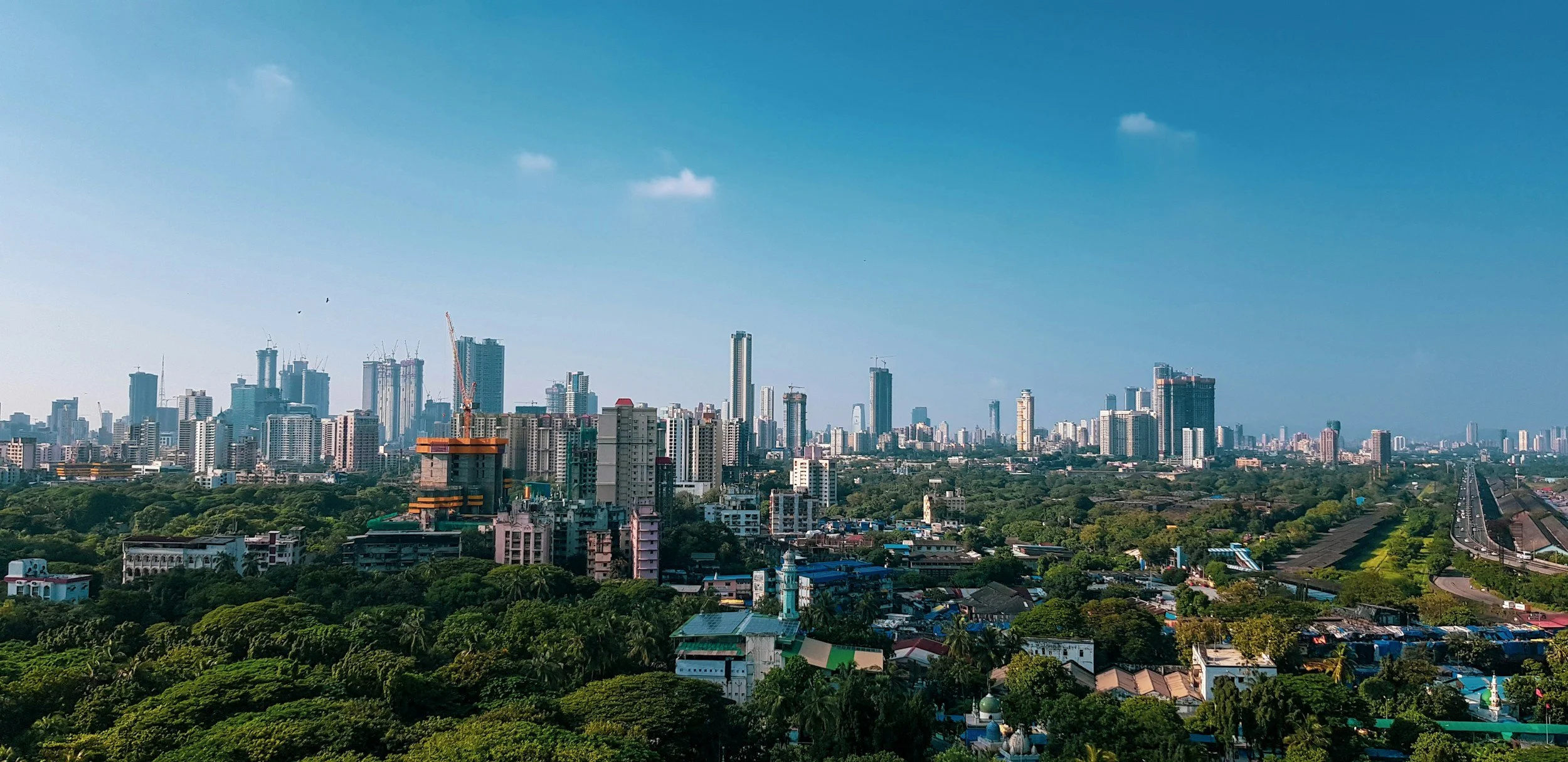The following article appeared in Foreign Affairs (September/October 2025) under the title 'A Nimble Power' as part of a debate on ‘What Kind of Great Power Will India Be?’ in response to Ashley Tellis’s article ‘India’s Great Power Delusions.’ An excerpt is included below, and the full debate can be accessed here.
Since 1991, India has more than tripled its share of the global economy, to four percent, and is on track to become the third-largest economy by the end of the decade, albeit still far behind the United States and China for the near future. It has a relatively young and large workforce, even as total fertility has begun to fall below replacement levels. India’s geopolitical environment, although shifting and uncertain, is far more favorable than what it contended with in the past, when it had to deal with the partition of the subcontinent, dependence on Western powers for aid, internal separatist conflicts, and major wars without the benefits of food security, a nuclear deterrent, or global market access. Except for China and Pakistan, with which it has significant territorial disputes, India has largely cooperative partnerships with most major countries and regions, including Japan, Russia, the United States, Europe, and the countries of the developing world.
Nonetheless, challenges abound. With China, India faces a compound threat that includes a disputed and militarized border; an unsustainable trade deficit; intensifying competition in the Indian subcontinent and Indian Ocean region; broad Chinese military and diplomatic support for Pakistan; and resolute opposition at multilateral institutions, including the UN Security Council. From Pakistan, India continues to confront state-backed terrorism under the protection of Islamabad’s nuclear umbrella. Other recent developments have also shaped Indian decision-making. The COVID-19 pandemic exposed vulnerabilities in the country’s health supply chains. The 2020 border clashes with China underscored the importance of establishing greater economic independence from Beijing. The war in Ukraine highlighted India’s supply chain constraints when it came to defense production and energy and food security. These challenges have inspired determination—and purposeful action.
To address these issues, India has embarked on a strategy of domestic production and diversification intended to strengthen its security, improve its population’s prosperity and well-being, and advance critical national interests. It has redoubled defense industrialization efforts, resulting in an increase from almost negligible amounts to $2.5 billion in defense exports, including to countries such as Armenia and the Philippines. Its largest export destination for defense items is, in fact, the United States. India has also rolled out an industrial policy that includes almost $50 billion in subsidies and state-backed financing for the manufacturing and development of critical and emerging technologies. This has begun to reap dividends in the export of electronics and aerospace components, although other critical sectors, such as electric vehicle batteries, could prove more difficult to develop.
In its diplomacy, India has reprioritized its near neighborhood, extending financial, developmental, and trading benefits to other South Asian countries and revitalizing more productive regional institutions. It has attempted to counter Pakistan’s support for terrorism through both military means—by striking terrorist infrastructure in Pakistan—and nonmilitary means, such as suspending trade and water privileges. India has broadened economic, security, and connectivity cooperation with the Middle East, particularly with Israel and the Gulf Arab states, including as part of the new economic initiative known as the India–Middle East–Europe Economic Corridor. It has been working to preserve a balance of power in the Indo-Pacific by deepening security and diplomatic cooperation, bilaterally and through organizations, with other regional powers. And it seeks to advance its global governance objectives by attempting to revitalize multilateral bodies such as the United Nations, build new institutions such as the International Solar Alliance, and engage the countries of the global South on shared priorities such as the reform of global institutions and food, health, climate, and energy security. These are the outlines of India’s major international activities over the past decade or more.
Dhruva Jaishankar is Executive Director at ORF America.

